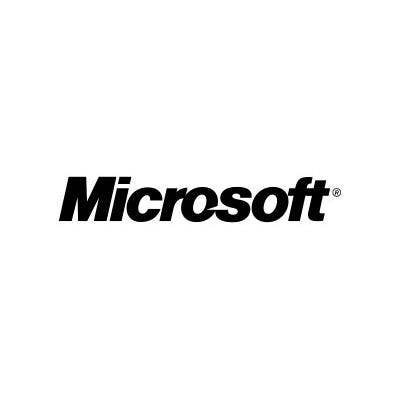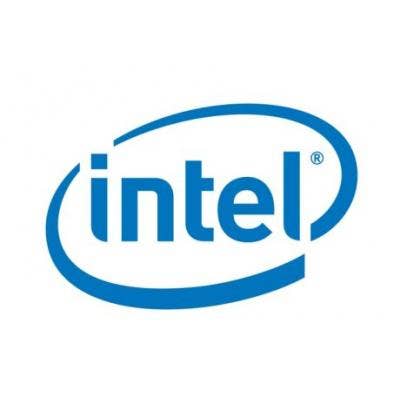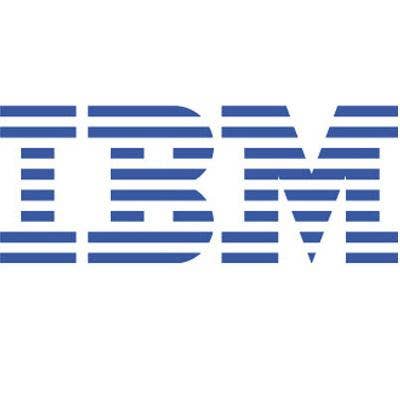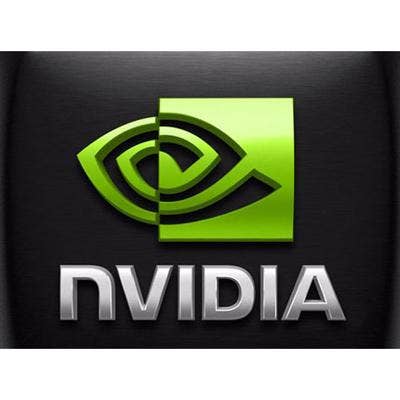6 Thinly Disguised Google Jabs At Apple

Jab #1: The Closed iPhone Ecosystem
Vic Gundotra, vice president of engineering at Google, told I/O attendees an account of his first day at Google, which included meeting Andy Rubin, co-founder and former CEO of both Danger Inc. and Android. Gundotra said he was initially skeptical about the need for yet another mobile operating system and expressed this to Rubin, who responded that it was critical to provide an open mobile OS that would enable innovation at every layer of the stack.
Gundotra said that was when he realized that Android would help avoid a situation in which "one man, one carrier and one device would control everything".
"That's a future we don't want," Gundotra said to thunderous applause.

Jab #2: Javascript Performance On iPad
Android 2.2 includes the same Javascript interpreter Google uses in the Chrome browser. In a animated video demo comparing the Javascript performance of Android 2.2, Android 2.1 (code-named Eclair) and an iPad, which used the SunSpider Javascript benchmark, Android 2.2 blew the doors off the competition.
Referring to the animated demo, Gundotra chuckled: "I really wonder if we'll be able to get that in the App Store."

Jab #3: Apple's Flash Loathing
Android 2.2 includes support for Adobe's Flash Player 10.1, and when Gundotra revealed this in his keynote, he literally had to stop for a few seconds as conference attendees cheered the official confirmation.
Apple, of course, wants nothing to do with Flash, least of all on the iPhone, and Gundotra suggested that the broader IT industry doesn't share this view. "It turns out that on the Internet, people use Flash," Gundotra said. "And part of being open means you're inclusive, rather than exclusive, and you're open to innovation."

Jab #4: iPhone Push Notifications
Developers are thrilled about Google's new Cloud-To-Device Messaging API, which lets developers deliver Web-based information, such as Google Maps directions, down to a mobile device. iPhone push notifications perform a similar function, but in a rather clunky manner, Gundotra suggested.
"This is not push notifications designed to compensate for a lack of basic functionality like multitasking in the OS," Gundotra said. The giggling from audience members was evidence that he wasn't alone in this assessment.

Jab #5: Closed Development Architectures
Google is teaming up with VMware to make it easier for developers to write Java applications that run on a wide variety of cloud platforms. The idea is to let developers leverage the open source Spring Framework that VMware picked up in last year's acquisition of SpringSource.
David Glazer, Google's director of engineering, hammered home the message that embracing open standards makes innovation flow much more easily, something that can't be said of closed development architectures. "Architectures tend to trap people," Glazer said in a keynote at I/O. "Applications are trapped, and the choices you make today lock you into the deployment models of tomorrow."
Sure, maybe Glazer was referring to Microsoft, or Oracle, or some amorphous, nameless collection of companies. But the iPhone development architecture sure seems to fit this description.

Jab #6: HTML5 And Web Video
Google at I/O said it's making the VP8 video codec available under a completely royalty free open-source license. This could help end the industry bickering that's been going on over Web video, and it's a move that has some of Google's partners noticing the contrast with Apple's stance on Flash on the iPhone.
"We wouldn't accept that HTML5 is only used for documents and not for applications," said Mike Shaver, vice president of engineering at Mozilla . "We've seen what happens when things change at the whim of one organization, and the Web needs to be free of that."